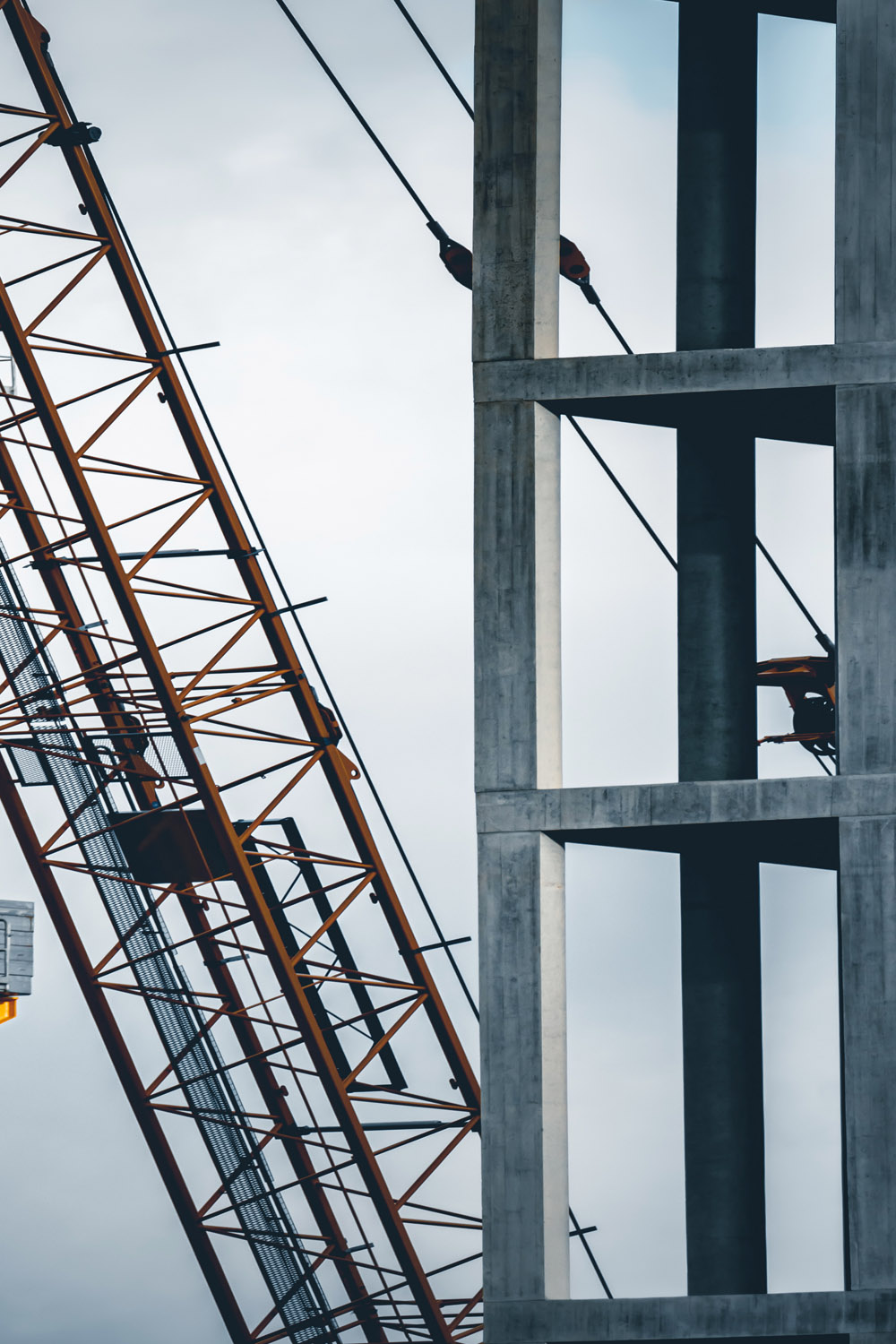Efficient Concrete Scanning Approaches for Construction Projects
Efficient Concrete Scanning Approaches for Construction Projects
Blog Article
Beyond the Surface Area: Leveraging Advanced Concrete Scanning Techniques for Unmatched Accuracy and Insight
Advanced concrete scanning methods have arised as vital tools in this quest, providing a glimpse underneath the surface area to reveal a world of critical insights. By utilizing innovative technologies, specialists can discover abnormalities, assess the condition of concrete structures, and make educated decisions that form the training course of projects.
Importance of Advanced Concrete Scanning
The relevance of utilizing advanced concrete scanning techniques depends on the unparalleled precision they provide for identifying sub-surface abnormalities and making sure architectural stability. By using sophisticated innovations such as ground-penetrating radar (GPR), electro-magnetic induction, and advanced sonar imaging, building and construction professionals can delve under the surface area of concrete frameworks with a level of accuracy that much exceeds standard assessment approaches. Concrete Scanning. These techniques make it possible for the recognition of surprise hazards like rebar corrosion, spaces, avenues, or post-tension cable televisions that could jeopardize the stability and security of a framework over time
Furthermore, progressed concrete scanning gives invaluable understandings right into the total condition of a concrete component without the demand for invasive actions, decreasing the threat of triggering damage during the analysis procedure. The capability to identify the specific area and depth of possible problems enables targeted repair work and upkeep, ultimately lengthening the life-span of the structure and maximizing its performance. In significance, the value of sophisticated concrete scanning can not be overstated in the world of building and construction and infrastructure maintenance, where precision and integrity are critical.
Sorts Of Cutting-Edge Technologies

Anomalies and Flaw Detection

Along with GPR, concrete scanning techniques like thermography and impact-echo testing are also reliable in identifying anomalies and defects. Thermography utilizes infrared technology to identify variants in surface area temperature level, showing prospective locations of issue such as delamination or dampness access. On the other hand, impact-echo screening entails examining acoustic reactions to discover gaps, cracks, and other problems within the concrete. By leveraging these innovative techniques, experts can proactively attend to structural concerns, making certain the longevity and security of concrete structures.
Assessing Concrete Condition
How can designers precisely examine the condition of concrete frameworks to ensure their long life and security? Evaluating the concrete condition is an essential element of preserving framework integrity. Different advanced concrete scanning techniques are utilized for this objective. Ground-penetrating radar (GPR) is typically utilized to analyze the interior structure of concrete, identifying gaps, splits, and other abnormalities that might compromise its toughness. Additionally, impact-echo testing can provide understandings right into the density and stability of concrete elements. Ultrasonic pulse velocity testing is one more important technique for reviewing concrete high quality by determining the rate of sound waves via the product.
Additionally, aesthetic evaluation stays an essential component of concrete condition assessment. Designers aesthetically examine the surface area for indications of wear and tear, such as spalling, breaking, or discoloration. Combining non-destructive testing approaches with aesthetic inspections permits a detailed assessment of concrete problem, enabling engineers to determine prospective issues early on and carry out timely upkeep or repairs. By leveraging these sophisticated methods, designers can make sure the long-lasting resilience and security of concrete frameworks.
Enhancing Decision-Making Procedures
In the realm of framework monitoring, enhancing decision-making processes is important for guaranteeing the effective upkeep and longevity of concrete frameworks. Improved decision-making procedures in concrete administration involve making use of sophisticated scanning strategies to gather detailed information on the condition of frameworks. By leveraging innovations such as ground-penetrating radar and 3D imaging, stakeholders can make enlightened decisions pertaining to reinforcement, repair, or substitute techniques.
These advanced Continue scanning methods provide vital insights into the interior composition of concrete, determining possible issues such as spaces, splits, or corrosion that might not show up on the surface. This degree of detailed info enables positive upkeep preparation, reducing the danger of architectural failures and boosting the general life-span of concrete structures.
In addition, by incorporating digital paperwork and evaluation devices right into the decision-making process, stakeholders can track the advancement of concrete problems with time, enabling predictive maintenance strategies and optimizing source allotment. Ultimately, the integration of advanced concrete scanning techniques boosts decision-making procedures by supplying unequaled accuracy, insight, and performance in framework monitoring.
Final Thought
Finally, advanced concrete scanning techniques offer exceptional accuracy and understanding in detecting abnormalities, flaws, and examining the problem of concrete structures. By leveraging innovative innovations, decision-making processes can be enhanced, resulting in even more educated and effective services for keeping and fixing concrete infrastructure. These methods play an essential role in guaranteeing the safety and security and long life of concrete frameworks, making them an important device in the area of construction and design.
Furthermore, progressed concrete scanning offers invaluable understandings into the total get redirected here problem of a concrete aspect without the need for invasive procedures, decreasing the threat of causing damages throughout the evaluation procedure - Concrete Scanning. One more cutting-edge technology is 3D X-ray scanning, which gives detailed photos of the internal structure of concrete, supplying important details without the need for harmful screening. Additionally, Concrete Cover Meters are used important link to determine the density of concrete cover over reinforcement bars precisely. Boosted decision-making processes in concrete management include making use of advanced scanning strategies to gather in-depth information on the problem of structures.In final thought, progressed concrete scanning strategies offer unequaled accuracy and understanding in identifying anomalies, problems, and examining the problem of concrete frameworks
Report this page